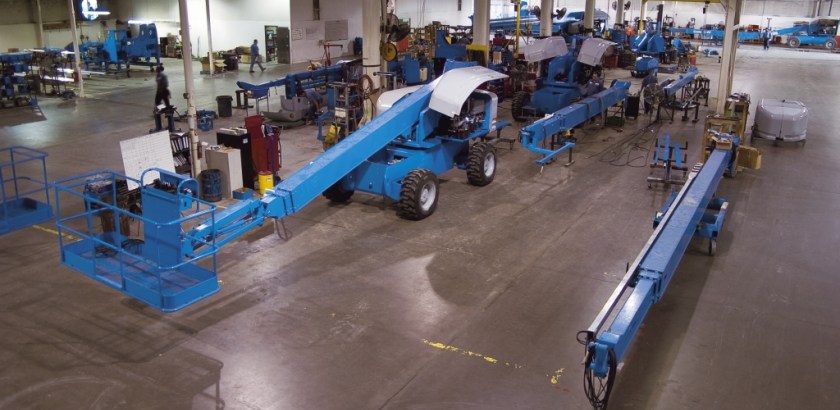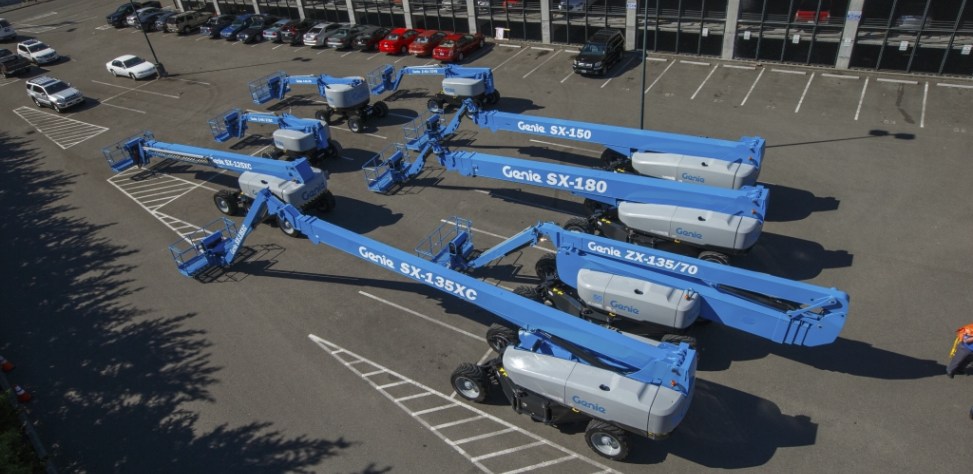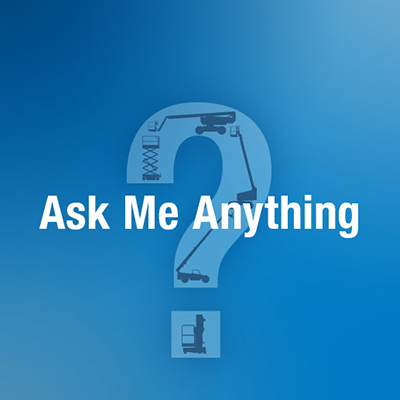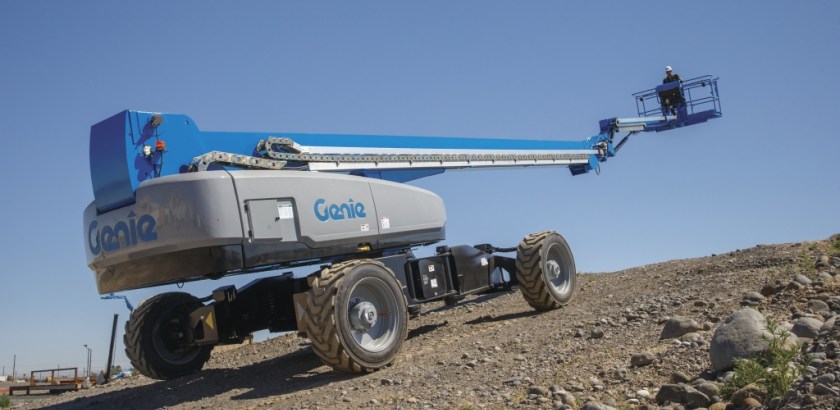What to Consider Before You Add New Equipment to Your Fleet
by Galen Wickstrom - National Accounts Manager On Jan 12, 2017, 18:00 PM
Subscribe To Aerial Pros
Filter by tags
Investing in new product categories, or extending the size range of your current fleet of equipment, is a great way to expand your business’s reach with existing and new customers. A new piece of equipment that differentiates you from your competitors can quickly increase your revenues and grow your business.
However, if you add a machine that doesn’t get utilized, you could end up losing on your initial investment and your rate of return if those dollars could have been used to purchase equipment that would have netted a bigger return.
Before you add products to your fleet, here are factors you need consider before making a purchase:
Identify Goals
Before investing in new products, you need to identify what you’re trying to accomplish with a new product: Are you trying to expand the business you do with existing customers, or are you trying to grow your reach into new markets?
For your existing customers, the best place to start is by spending time with them on their jobsites. What other equipment are they currently using on their projects? And, are those machines rented or owned?
If you’re looking to expand into other markets, be sure that the bulk of your existing rental fleet address a new market’s equipment needs so you do not have to purchase too many specialty units to gain measurable market share.
 Conduct market studies
Conduct market studies
Doing market research on your operations territory area and analyzing the data will help you to identify new customers and develop profiles potential opportunities to expand into new markets. The profiles should include what equipment customers in these customers are currently using, what industries they serve, do they prefer to rent or buy and so on. You should also do similar profiles on the government agencies you interact with, the past, present and future projects happening in your area, as well as your competition.
This type of market data is invaluable to your company because it can help fill in the gap between what you know and don’t know about new customer and market opportunities. With that information, you will be able to make better decisions about what equipment to keep in inventory, what equipment to buy (new versus used), what industries have growth potential and which ones are saturated and other such insights. This data can also help you determine where your company’s growth potential is and where the competition has an advantage.
Best machine for your customers
Once you’ve identified the needs of your customers, or the new markets, classify what equipment is available to address these requirements. For example, if your customers install wind turbines, they are going to need some kind of lift that can get them high into the air. The options available include a large self-propelled boom lift or truck-mounted boom lift. Each has its unique qualities — a self-propelled lift is easier to maneuver on a site but requires a trailer for transporting, while the truck-mounted lift is easy to transport but not as versatile. Which type do you add? That question needs to be answered by identifying your customers’ preference, as well as by looking at potential other rental applications. You need to consider whether the large self-propelled boom lift is likely a great fit for refinery work, whereas the boom lift may be more limited.
Of course, if you have a several long-term commitments in a particular market, looking at other potential applications may not be necessary.
Utilization
Adding equipment to your rental fleet that will quickly pay for itself is an easy decision. However, anytime you're acquiring a machine, usage needs to be a consideration. Start by determining how quickly you’ll be able to recoup your initial investment — if it costs “X,” and you can rent it for “Y,” how many weeks/months does the machine need to be on rent before it's paid for? Are you able to forecast enough potential customers to achieve that number?
 Fitting the Fleet
Fitting the Fleet
Depending on the type of machine you’re looking to add, you may have to add resources to support it. For example, if you’re adding a machine with new technology, will your service technicians be able to work on the machine? If not, how do you plan to get them the training they need, or will it be more cost-effective or convenient to outsource the service and repair.
For larger machines, you need to consider how you plan to transport a unit from the yard to the jobsite. Do you have a truck and trailer that handle the weight and size of the machine? If not, will it still be profitable to add a piece of equipment if you also need to add a truck and trailer for moving it? You also need to make sure you have room for the new machine on your yard.
Adding new equipment to your rental fleet is not a decision that can be made quickly. Knowing that each of these factors can significantly impact your overall return on invested capital (rROIC), be sure to carefully consider all the pros and cons before making your purchasing decision.
Related Posts

What Parts to Stock for Your Aerial Rental Fleet
Minimizing the downtime of routine maintenance and repair is one of the best ways to keep your aerial work platforms out on rent and making money for you.
Continue Reading

Tips for Building a Successful Rental Business
Whether you’re new to the industry or have been around for a while, every rental store owner’s goal is to build a business that will grow and expand over time.
Continue Reading

Rental Return on Invested Capital | Ask Me Anything March 26th-30th
A huge thank you to everyone that participated in this Rental Return on Invested Capital | Ask Me Anything event!
Continue Reading


